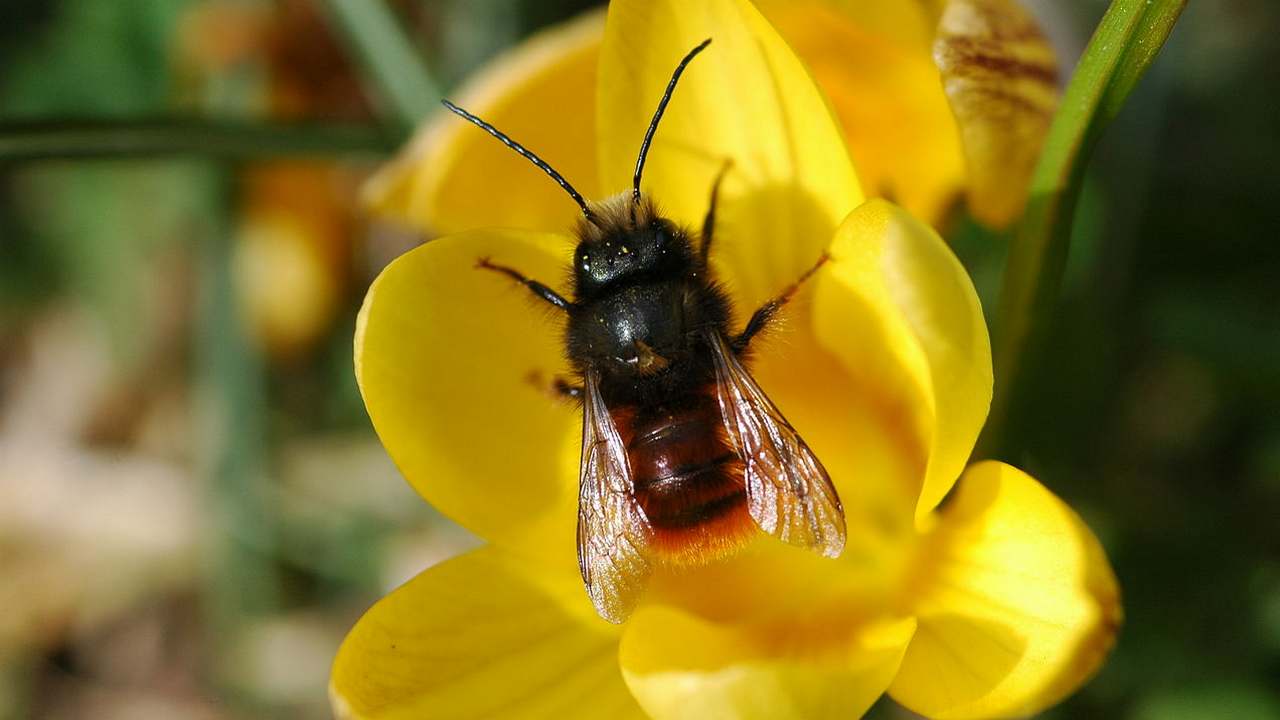In an effort to understand where the bee population reside the most as well as to record different bee species and conserve them, researchers have created a global map that shows where bees live around the world. The map is supposed to act as a jump-off point for future bee-related research. The map was created using a checklist of known bee species along with six million public records that show “where individual species have appeared around the world.” They cross-referenced all the data to find out the distribution of bee species around the world and the potential declines of bee populations. [caption id=“attachment_7099291” align=“alignnone” width=“1280”] European orchard bee. Image credit: Wikimedia Commons[/caption] Alice Hughes, associate professor of conservation biology at Xishuangbanna Tropical Botanical Garden, Chinese Academy of Sciences said in a
statement, “A lot of the data were just too patchy or too concentrated on a small number of countries that have prioritized data sharing to be able to use these resources for any large-scale analysis.” The map and the study have been published in the journal Current Biology. The checklist of the bee species is also available online at the biodiversity portal DiscoverLife.org. With around 20,000 species of bees, these insects are very important to human beings living on Earth. While the Bee movie explains it best, bees are the world’s most important pollinator of food crops. It is estimated that one-third of the food that we consume each day relies on pollination mainly by bees. [caption id=“attachment_9051451” align=“alignnone” width=“1024”]
A look at relative species richness of bees around the world, showing how bees prefer arid, temperate regions rather than the tropics. Areas with darker colours have more species. Image credit: Orr et al./Current Biology[/caption] “People think of bees as just honey bees, bumblebees, and maybe a few others, but there are more species of bees than of birds and mammals combined,” says John Ascher, senior author and assistant professor of biological sciences at the National University of Singapore, in a
statement. “The United States has by far the most species of bees, but there are also vast areas of the African continent and the Middle East which have high levels of undiscovered diversity, more than in tropical areas.” The team of researchers found that there are more species of bees in the Northern Hemisphere than the Southern. They also found that bees like to live in more in arid and temperate environments than in the tropics. According to a report by
Yale, this is contrary to how most plant and animal distribution occurs since the diverse species tends to be higher in the tropics and diminishes toward the poles. This is a pattern known as the latitudinal gradient. Bees are an exception to this rule and follow a pattern known as a bimodal latitudinal gradient. According to the
press release, bees live in arid deserts because low lying plants and flowers provide more sources of food than trees in jungles and forests. “When it rains in the desert, there are these unpredictable mass blooms that can literally carpet the entire area,” said Michael Orr, a postdoctoral fellow at the Institute of Zoology, Chinese Academy of Sciences. “There’s a much higher turnover in the desert because of how patchy the resources are year after year. So there’s a lot of potential for new species there.”
They found that there are more bee species in the Northern Hemisphere than the Southern and they like to live in arid and temperate environments than in the tropics.
Advertisement
End of Article


)
)
)
)
)
)
)
)
)



